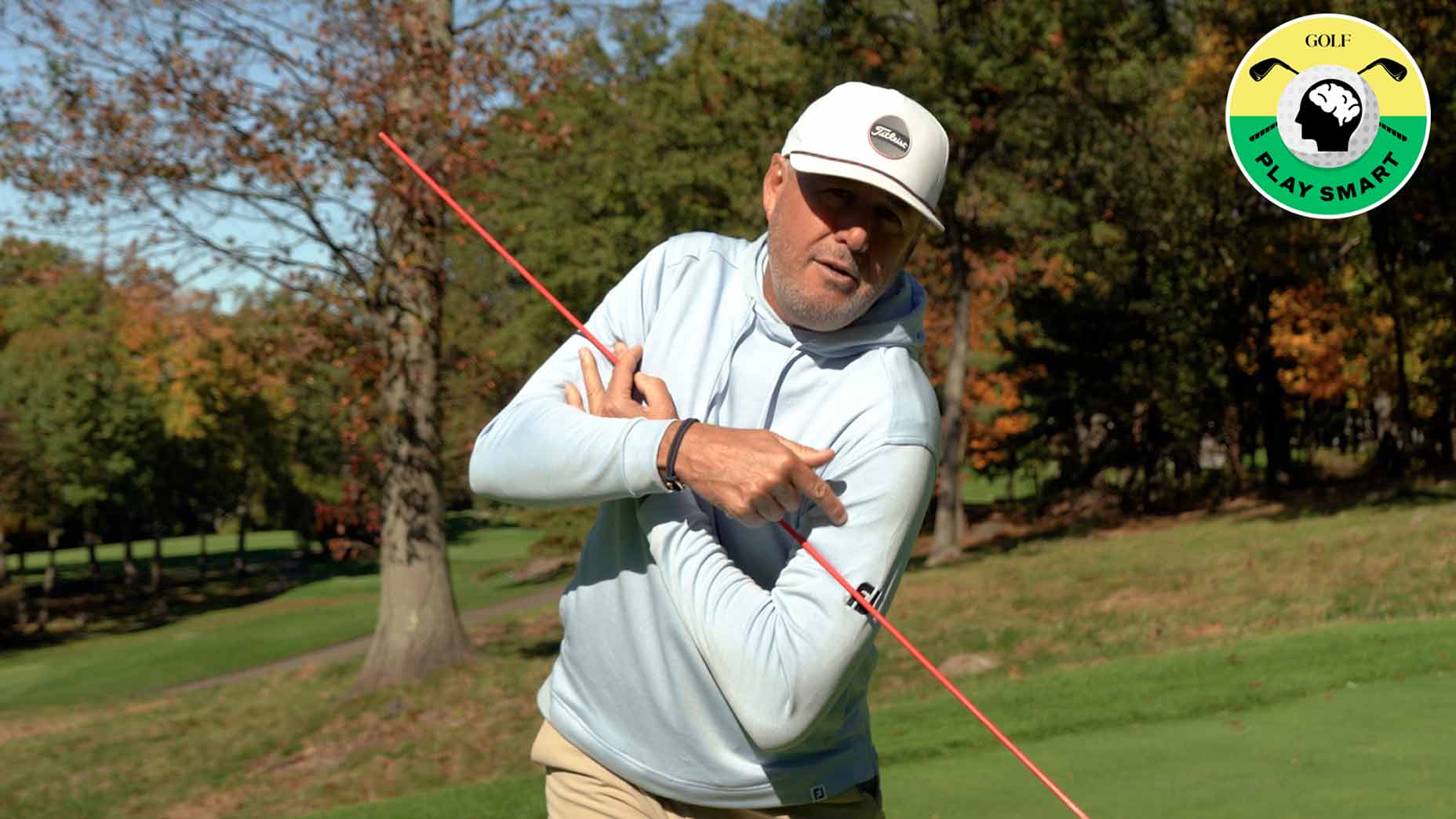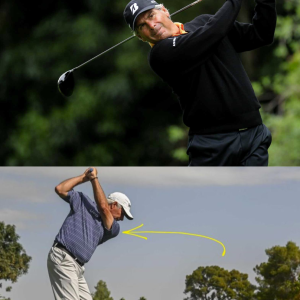Welcome to Play Smart, a regular GOLF.com game-improvement column that will help you play smarter, better golf.
No two golf swings look exactly alike, but when you break them down to their individual components, there are lots of similarities. In just about every good swing, you will find certain key positions that are crucial for generating consistent contact.
For example, if you look at the swings of Jon Rahm and Rory McIlroy, at first glance you wouldn’t find much they have in common. However, once you take a closer look at their moves, you’d find that they have lots more similarities than you previously thought.

One of those key positions comes in the form of shoulder tilt during the downswing, which GOLF Top 100 Teacher Jonathan Yarwood talks about in the video below.
Proper shoulder tilt
When amateurs make their swing to the top, they will oftentimes keep their shoulders way too level. This causes a host of problems, including power leaks and fat contact.
Pros don’t have that problem. If you watch them take the club to the top, they get plenty of shoulder tilt, which puts them in position to make a powerful blow on the ball.
“On the way back, the [lead] shoulder tilts down as they coil,” Yarwood says. “This is the key move that all highly effective swings do. From here, they get a deeper tilt with that [lead] shoulder. The shoulder goes even further down as it goes forward and then it goes around.”
To get a feel for this move, grab an alignment stick and thread it through the arm holes of your shirt so it sits across your chest. When you make your swing, make sure you feel the point of the alignment stick going down and then around during the downswing.
“This is a great drill if you want to hit your irons crisper and further,” Yarwood says. “When you start getting this shoulder down more, it pushes energy into the ground [and] it lets your chest turn back down to the ground, which is a pre-requisite of a lot of good iron players.”





